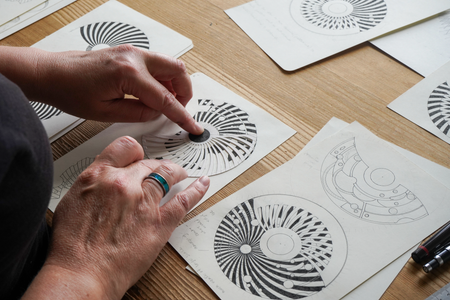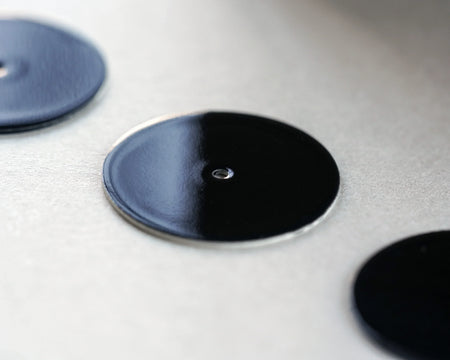anOrdain Enamel Dial Colours: Parisian Blue
Jul 28, 2021

The dial colours of the Model 1 exude heritage, their rich tones calling on a universal penchant for tradition, all while remaining distinctly contemporary, and each has a story to tell. Hannah Forsyth examines the background of one of the original Model 1 enamel colours, Parisian Blue.

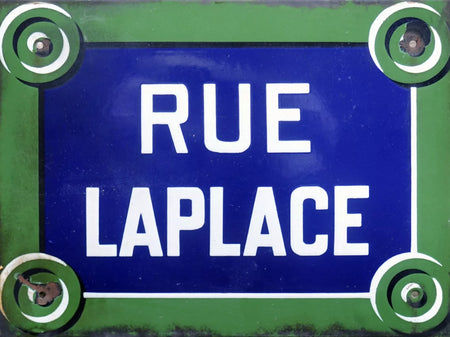
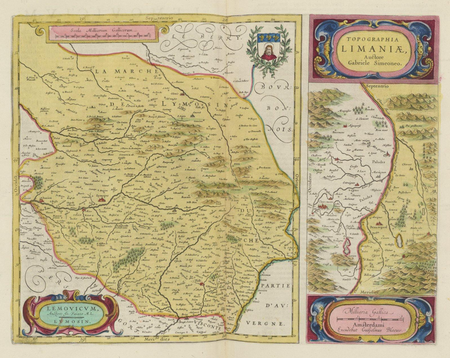
Map of Limousin, Topographia Limaniae, John Bleau 1665
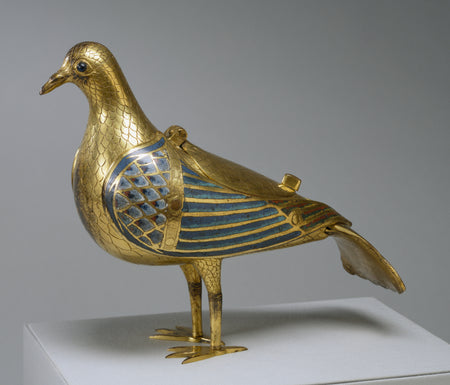
Eucharistic dove in champlevé enamel. Limoges, early 13th-Century
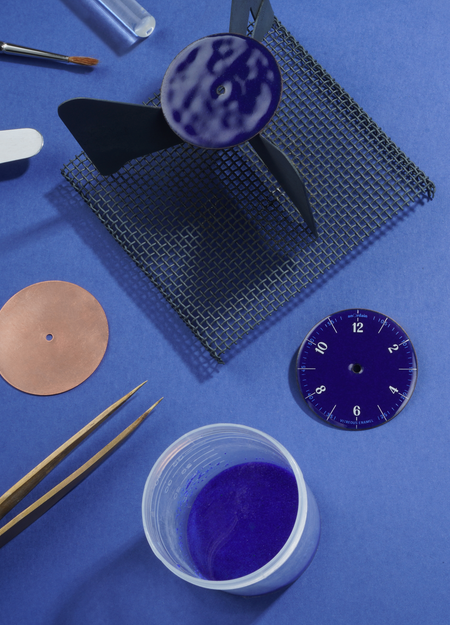
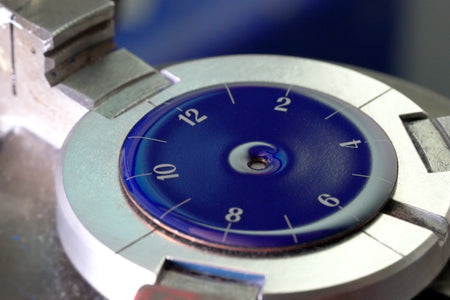
Creating the Parisian Blue enamel dial
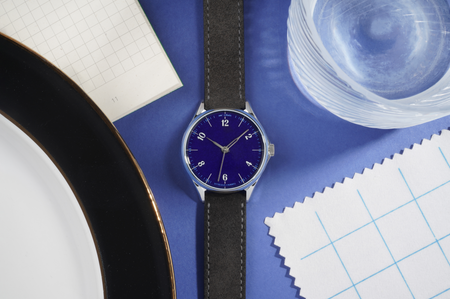
The Parisian Blue Model 1
